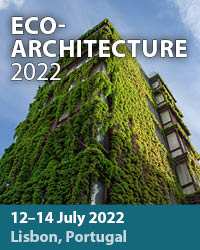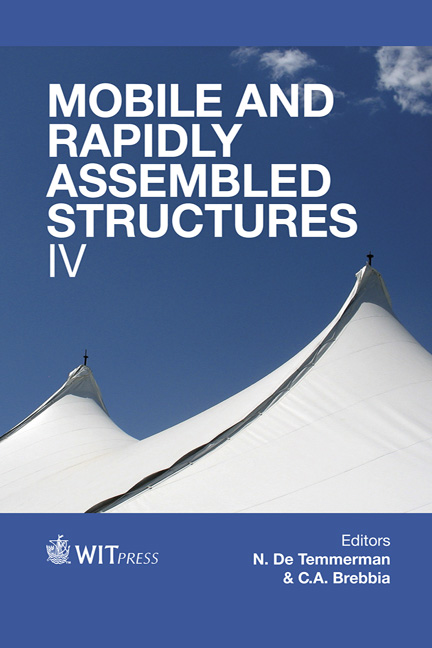Reciprocal Frame (RF) Optimized Timbertruss Structure: A Design And Build Case Study
Price
Free (open access)
Transaction
Volume
136
Pages
9
Published
2014
Size
2,345 kb
Paper DOI
10.2495/MAR140211
Copyright
WIT Press
Author(s)
O. Popovic Larsen & D. S. H. Lee
Abstract
The paper describes a project where an optimized timber Reciprocal Frame truss structure was developed to create the roof structure for an agricultural building measuring in plan 32 x 16 meters. The building is a cowshed part of an ecological meat production company. The client strongly believes in sustainable approaches to design and production, thus it was important that the agricultural building design fully followed sustainable approaches. When constructed, the building will be used as a showcase to bring awareness about sustainable production, design and construction. Thus the sustainable approaches are followed through at all levels: from the production to choice of materials for construction, building design principles and the construction process itself. In this context it was important that the timber roof design used locally grown timber, was optimized to minimal use of material, was easy to construct and had a distinct aesthetic. The paper follows through and presents the design ideas and process that led to the roof design. It also points towards possible new ways of working with double-layer RF structures. Keywords: Reciprocal Frames (RF), local timber, truss structures, efficiency, single-layer RF structures, double-layer RF structures, optimized design, aesthetic expression, simple construction, detailing.
Keywords
Reciprocal Frames (RF), local timber, truss structures, efficiency,single-layer RF structures, double-layer RF structures, optimized design,aesthetic expression, simple construction, detailing.





